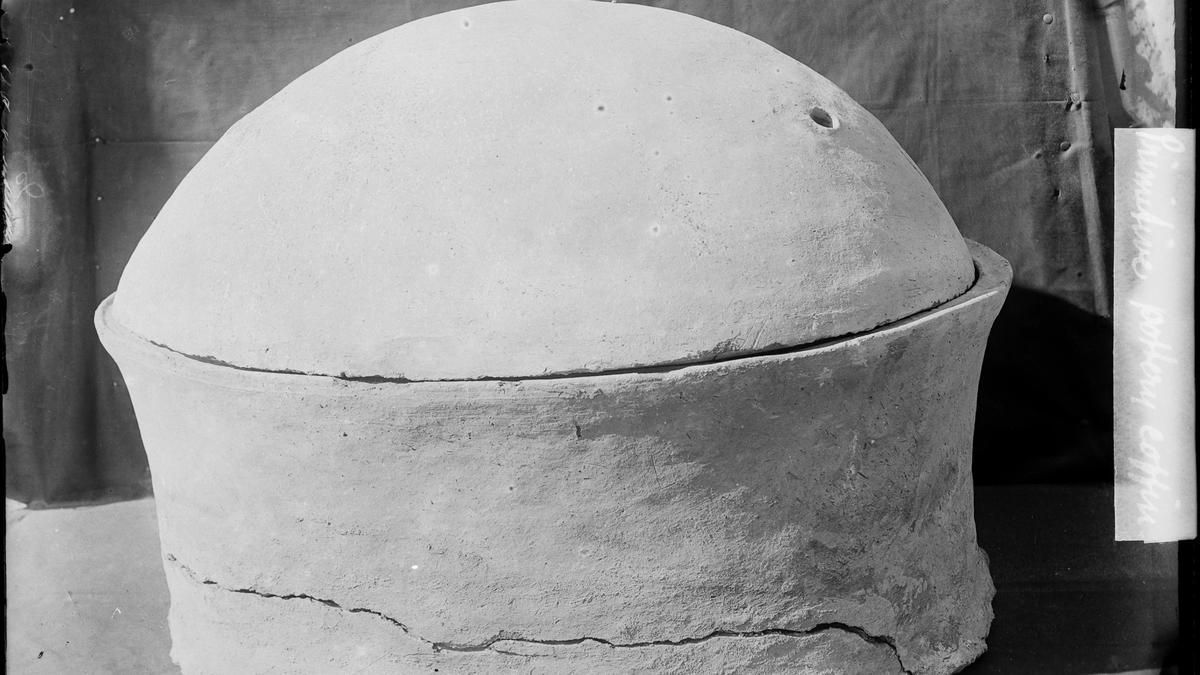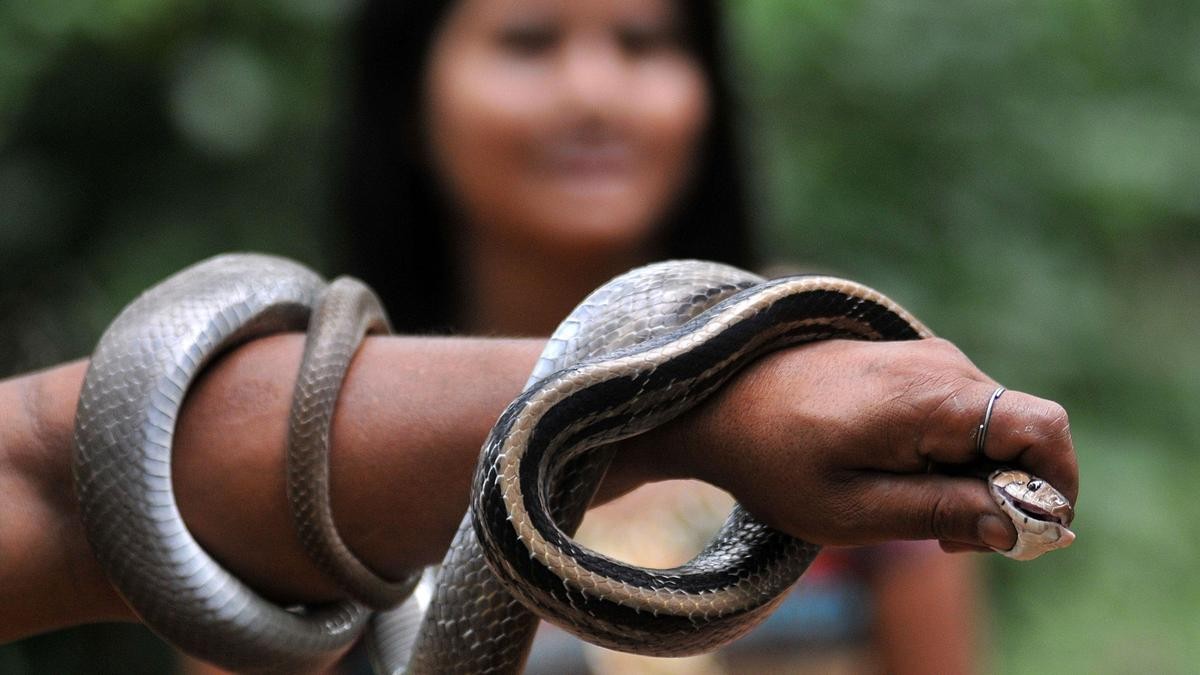



Researchers sequenced the oldest complete ancient Egyptian genome (4,500 years old). From an adult male, it revealed 78% North African and 22% Mesopotamian ancestry, suggesting early cultural and demographic interactions before pyramid construction. The well-preserved DNA, found in a pot burial, offers unique insights into ancient Egypt's populace and its far-ranging connections.

Copyright infringement not intended
Picture Courtesy: THE HINDU
Researchers have sequenced, for the first time, the complete DNA of an ancient Egyptian, who lived about 4,500 to 4,800 years ago, making it the oldest and most complete ancient Egyptian DNA sample ever studied.
The body was discovered a long time ago, in the early 20th century. It was found buried in a large ceramic pot inside a rock-cut tomb at a place called Nuwayrat, which is a village located about 265 kilometers south of Cairo, Egypt.
North African Roots => The majority of his DNA, about 78%, came from ancient North African populations, specifically from early farming groups who lived in what is present-day Morocco.
Mesopotamian Connection => The most surprising finding is that about 22% of his DNA closely matches early farmers from Mesopotamia. Mesopotamia is an ancient region that includes parts of modern-day Iraq, western Iran, southern Syria, and southeast Turkey.
Cultural Exchange => This connection suggests that people from Mesopotamia were not just trading goods with Egypt. They might have even migrated and interacted with local Egyptians much earlier than earlier thought, even before the famous pyramids were built. This indicates deep historical cultural exchanges between these regions.
|
Other Ancient DNA findings Worldwide, the oldest complete modern human genome sequence belongs to an individual from Siberia, dating back about 45,000 years ago. In India, ancient DNA research is still developing. The oldest samples sequenced so far, like those from the Harappan site of Rakhigarhi, are roughly 4,000 years old and are not as well-preserved as this Egyptian genome. |
Every living thing – whether it's a human, an animal, a plant, or even a tiny bacteria – has a genome. It contains all the genetic information that makes that organism unique.
A genome is mainly made up of DNA (Deoxyribonucleic Acid). DNA is like a long, twisted ladder. Along this ladder, there are specific sections called "genes." Each gene carries the instructions for making a specific protein, and these proteins do most of the work in our bodies, determining everything from our eye color to how our cells function.
The size of a genome is measured by the number of "base pairs" (the building blocks of DNA) it contains. For example, the human genome has about 3.2 billion base pairs. Some plants can have much larger genomes than humans, while bacteria have much smaller ones. The size of the genome does not necessarily reflect the complexity of the organism.
Must Read Articles:
Genome India Project Completed
Source:
|
PRACTICE QUESTION Q. What is the Genome India Project (GIP)? Discuss its primary objectives and its significance for India's scientific and healthcare landscape. 150 words |









© 2026 iasgyan. All right reserved